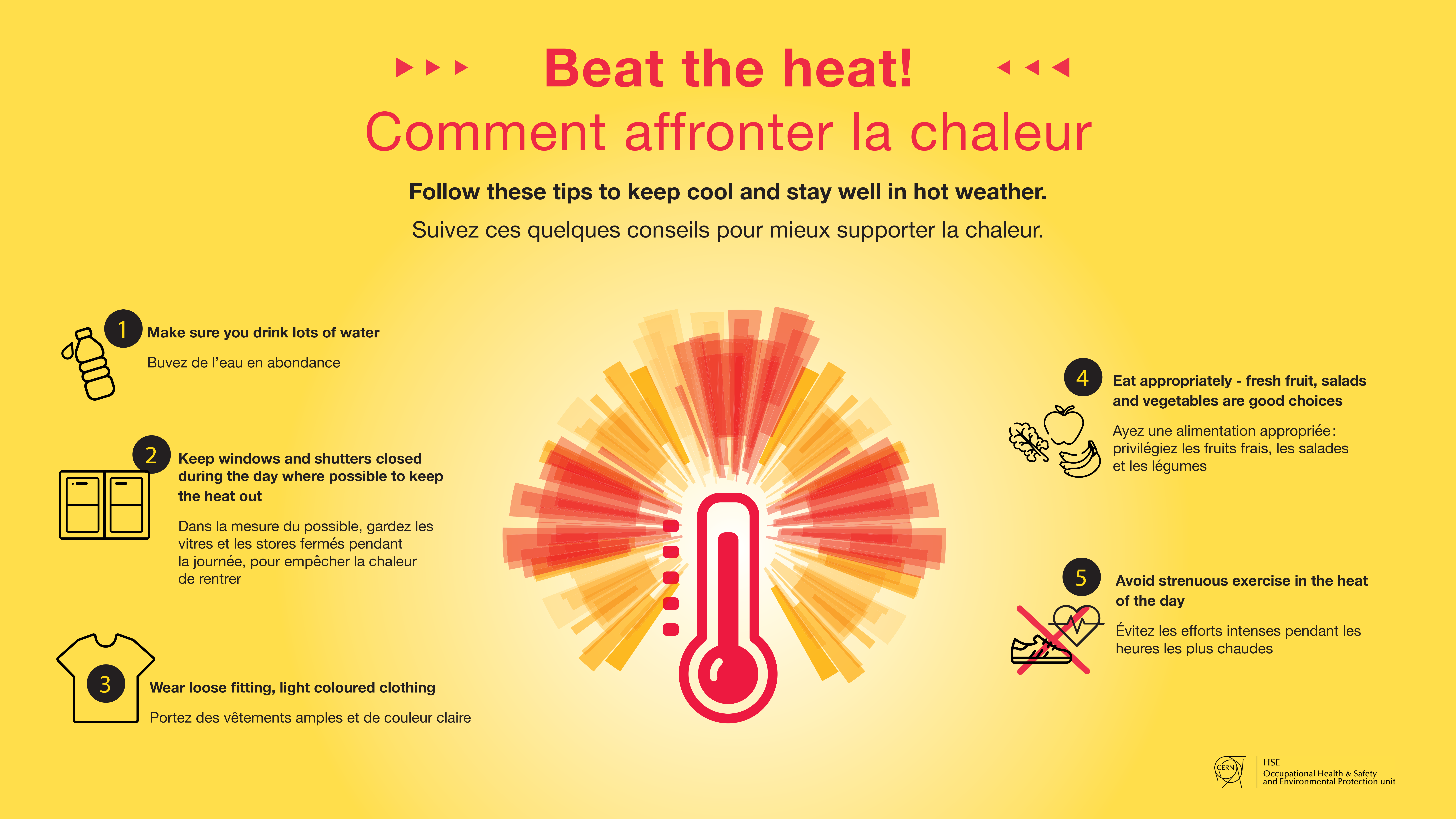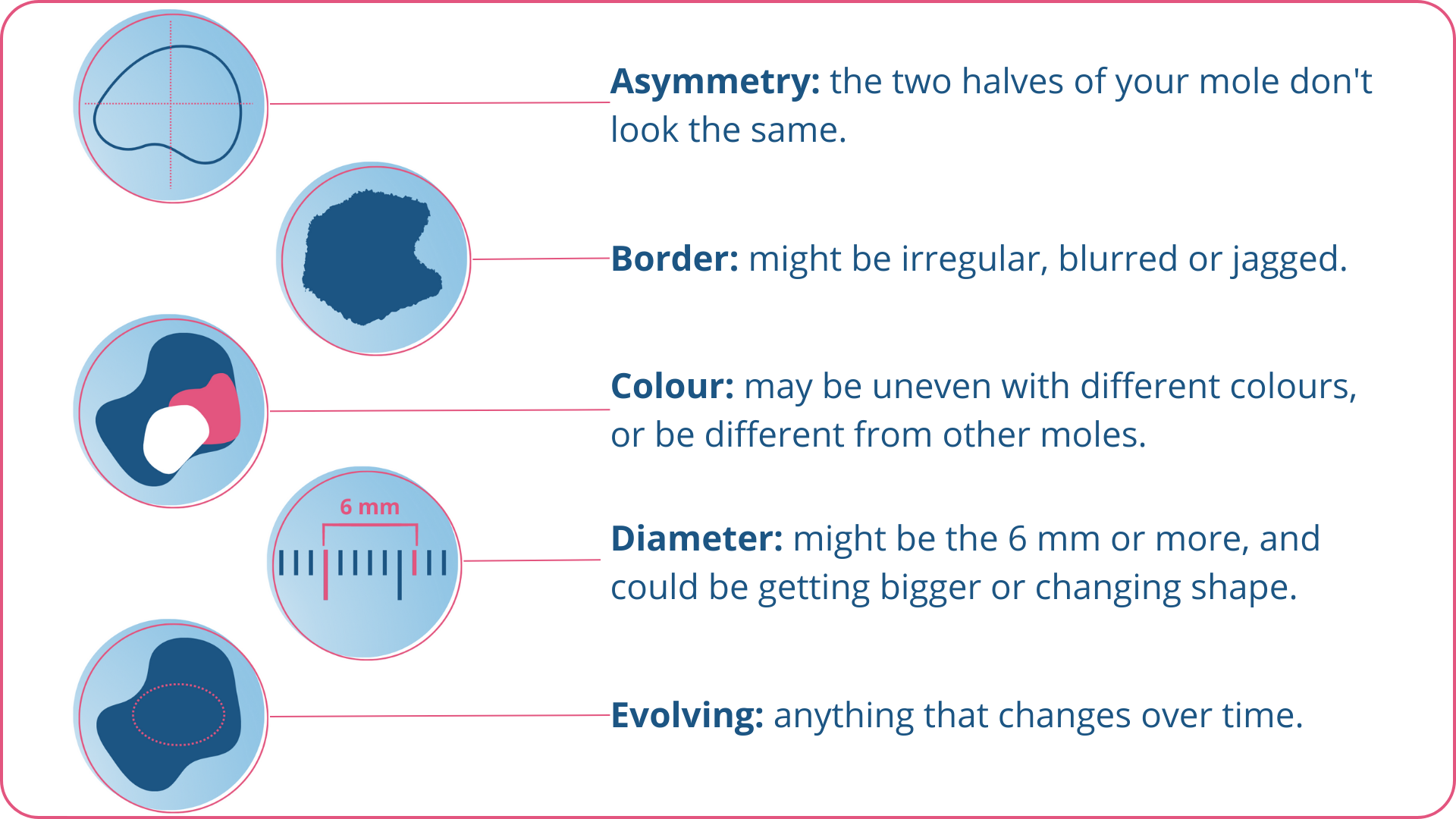Sunshine – risks and prevention
The sun is the main source of natural ultraviolet (UV) radiation. The intensity of exposure to UV rays depends on many factors, such as season, altitude, duration and time of day. Although UV rays are neither seen nor felt, they have a direct impact on our physiology: notably, they help our skin synthesise vitamin D, which is key for good muscle, bone and dental health.
Beyond a certain intensity, however, these UV rays have harmful consequences for us all. In the short term, frequent and prolonged exposure to the sun can induce unpleasant sunburn and conjunctivitis. In the long term, it can cause premature skin ageing, cataracts and – more seriously – skin and eye cancers. And UV rays are not the only risk associated with the sun: higher temperatures, humidity and sunlight can induce sun- or heat-stroke, and carrying out heavy work in the heat intensifies the strain on the human body.
What can you do to protect yourself from the potential harmful effects?
Firstly, seek shade and avoid full exposure to sunlight between 11.00 a.m. and 3.00 p.m., when the most harmful UV rays are at their strongest. Secondly, wear clothing that covers all exposed skin areas, if possible. You should also apply good quality sunscreen every two hours, minimum factor 30, to all parts of the body not covered by clothing, including lips and ears. If you must perform your activities in direct sunlight during June and July, wear a helmet or cap with a front visor and neck protection. If possible, carry out any outdoor duties early in the morning. If you work indoors, keep windows and shutters closed during the day where possible and follow the tips below to beat the heat. And whether you work indoors or outdoors, it is vital to stay hydrated.
You can check the intensity of the UV rays on MeteoSwiss' UV Index.
In case of a heatwave, please consult the Heatwave action plan.

Spot skin cancer early
Working outdoors and being exposed to the sun is considered an occupational hazard. Working near white or metal surfaces can further increase sun exposure through heightened reflection. In Switzerland, 1000 of the 25 000 new cases of non-melanoma skin cancer recorded each year are of occupational origin (Suva, 2022).
It's true that cancer is much more common in people over 50, but it can affect anyone of any age. If something’s unusual or won’t go away, consult your doctor. In most cases it won’t be cancer – but if it is, finding it at an early stage can make a real difference.
Use ‘ABCDE’ to remember what mole changes to look out for. Tell your doctor if you notice even one of them:

External resources
- Swiss Federal Office of Public Health – sun and UV rays (page automatically translated into English)
- Suva – sun, heat, UV rays and ozone (available in French only)
- WHO: working under the sun causes 1 in 3 deaths from non melanoma skin cancer
